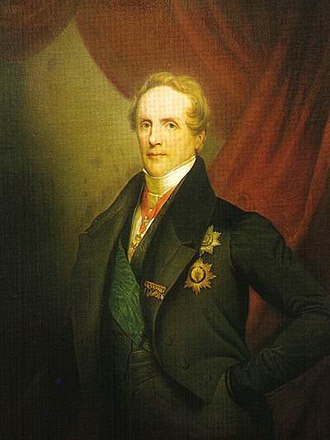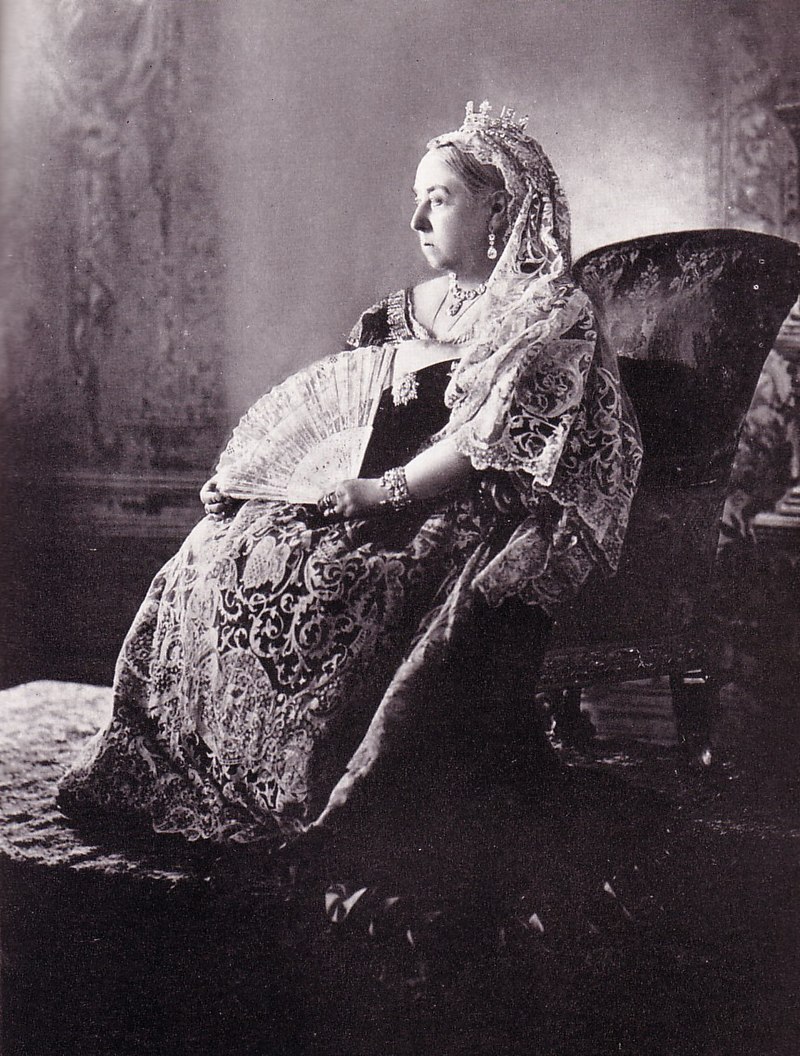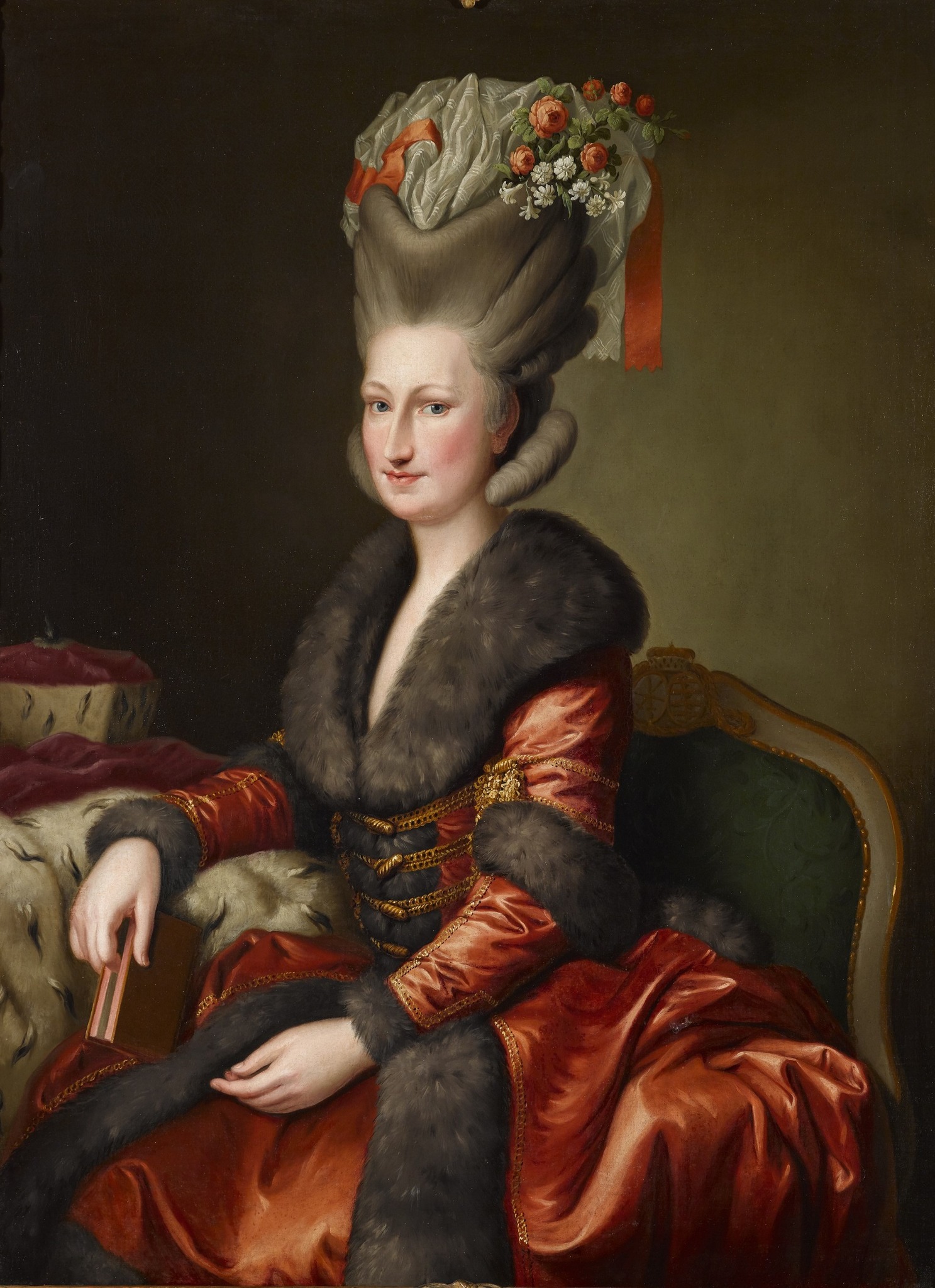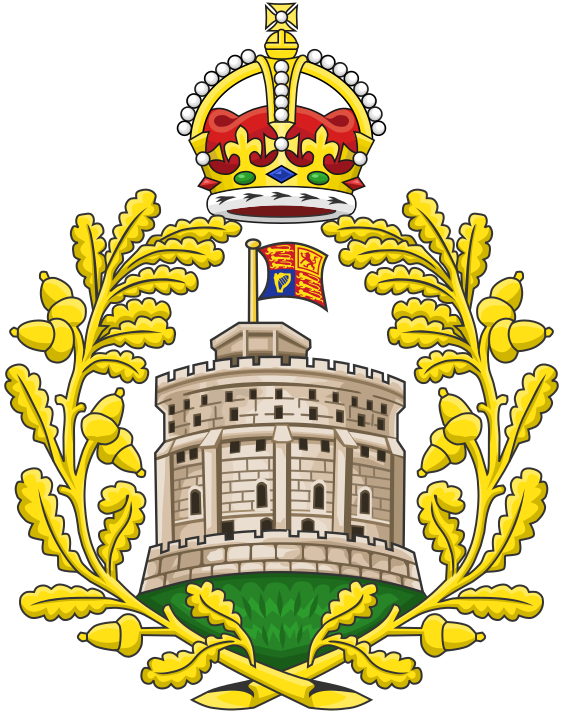by Susan Flantzer
- Four Sons Dead
- Timeline: August 1, 1917 – August 31, 1917
- A Note About German Titles
- August 1917 – Royals/Nobles/Peers/Sons of Peers Who Died In Action
********************
Four Sons Dead

Grave of The Honorable Ernest Aloysius French; Photo Credit – My Ypres Salient Homage https://imtheboy.wordpress.com
Each month as I research and write these articles, I am saddened by the immense loss of life during World War I. I wonder how well the soldiers were prepared and if the officers and others in charge made the right decisions. I cringe as I read about the terrible conditions in the trenches and the effects of the new battle technologies. World War I was one of the deadliest conflicts in human history with 17 million deaths and 20 million wounded (numbers include military and civilian casualties).
July 1, 1916, the first day of the four-month-long Battle of the Somme, holds the record for the bloodiest day ever in British military history. The battle started at 7:30 AM, and by 8:30 AM, 12,000 British soldiers had been killed. By the end of the day, there were 57,420 British casualties: 19,240 dead and 38,180 injured. More than half of the British officers involved lost their lives that day. Many British soldiers were killed or wounded the moment they stepped out of the front lines into No Man’s Land, the area of land between the enemy trenches.
By November 18, 1916, when the Battle of the Somme ended, British and French forces had penetrated only 6 miles (9.7 km) into German-occupied territory and more than 1,300,000 soldiers from all countries involved were dead or wounded, making the Battle of the Somme one of the bloodiest battles in history. The British and the French won a Pyrrhic victory, a victory that inflicts such a devastating toll on the victor that it is equivalent to a defeat. Was 6 miles worth all those lives?
When I am deciding what my monthly topic will be, I look over my list of British peers, sons of British peers, and royalty that died 100 years ago during that month looking for an interesting story to tell. This month I discovered a family that lost four sons in World War I. The first two died in May 1915, and while I did acknowledge them, I wrote about a peer’s son, Julian Grenfell, one of the British poets collectively called the War Poets, soldiers writing about their war experiences. Many of them, like Julian Grenfell, died on the battlefield. The other two sons died in August 1917 and November 1918.
Arthur French, 4th Baron de Freyne (1855 – 1913) had thirteen children, a daughter and a son from his first marriage to Lady Laura Dundas (died 1881), and eight sons and three daughters from his second marriage to Marie Georgiana Lamb (1882 – 1923). All of the 4th Baron’s sons served in the military during World War I except for his youngest son who was not old enough. Out of his eight sons who served, four were killed during the war.

Captain Arthur Reginald French, 5th Baron de Freyne; Photo Credit – Wikipedia
Captain Arthur Reginald French, 5th Baron de Freyne was born on July 3, 1879 at Frenchpark, County Roscommon, Ireland. He was the only son from the 4th Baron’s first marriage and the eldest of all his eight sons. Arthur succeeded his father as 5th Baron de Freyne in 1913. He married Annabelle Angus in 1902, but the marriage was childless. Arthur served as a Captain in the 3rd Battalion, South Wales Borderers. The 5th Baron, age 35, died on May 9, 1915 in the Battle of Aubers Ridge, fighting alongside his half-brother, Lieutenant The Honorable George Philip French, who also died on May 9, 1915. The 5th Baron was succeeded by his eldest half-brother from his father’s second marriage, Francis Charles French, 6th Baron De Freyne.
~~~~~~~~~~~~~~~~~~~~~~~~~~~

Lieutenant The Honorable George Philip French; Photo Credit – Imperial War Museum Collections © IWM (HU 122427)
Lieutenant The Honorable George Philip French was born on January 7, 1890. He was the fifth son and the seventh of the eleven children from the second marriage of the 4th Baron de Freyne. George served as a Lieutenant in the 3rd Battalion, South Wales Borderers. He died, age 25, in the Battle of Aubers Ridge, fighting alongside his half-brother, Captain Arthur Reginald French, 5th Baron de Freyne, who also died on May 9, 1915.
~~~~~~~~~~~~~~~~~~~~~~~~~~~
Lieutenant The Honorable Ernest Aloysius French was born on July 4, 1894. He was the sixth son and the ninth of the eleven children from the second marriage of the 4th Baron de Freyne. Ernest served as a Lieutenant in the 5th Battalion, South Wales Borderers. He wounded by enemy snipers during the Battle of Langemark, evacuated to the Casualty Clearing Station at Proven, Belgium, and died from his wounds on August 16, 1917, age 23.
~~~~~~~~~~~~~~~~~~~~~~~~~~~
2nd Lieutenant The Honorable Edward Fulke French was born on July 13, 1886 at Frenchpark, County Roscommon, Ireland. He was the third son and the third of the eleven children from the second marriage of the 4th Baron de Freyne. Edward served as a 2nd Lieutenant in the Royal Field Artillery. He died on November 13, 1918, age 32 as a prisoner of war in Mainz, Germany.
~~~~~~~~~~~~~~~~~~~~~~~~~~~
All of the sons of Arthur French, 4th Baron de Freyne attended the Oratory School, a boys’ independent Roman Catholic boarding and day school then in Edgbaston, Warwickshire, England. As many British boys’ schools of the time did, the Oratory School kept records of their graduates, Old Oratorians, who served in World War I. 428 Old Oratorians served in His Majesty’s Forces in various theatres of conflict during World War I. A total of 84 Old Oratorians lost their lives and 88 were wounded but survived. Many of the fallen were young subalterns, commissioned officers below the rank of captain, generally the various grades of lieutenant. This group had the highest casualty rate in the war as they were usually the first over the top. Their life expectancy was not much more than six weeks. Five of the Old Oratorians served in the newly-formed Royal Flying Corps: they all died.

Troops “going over the top” at the start of the Battle of the Somme in 1916; Photo Credit – Wikipedia
********************
Timeline: August 1, 1917 – August 31, 1917

Battle of Pilckem Ridge – Stretcher bearers struggle in mud up to their knees to carry a wounded man to safety on August 1, 1917; Photo Credit – Wikipedia
- July 31 – August 2 – Battle of Pilckem Ridge (opening phase of the Third Battle of Ypres) in Pilckem, Boesinghe, Belgium
- August 2–10 – Battle of Rumbo in Rumbo, German East Africa (now Burundi, Rwanda, and the mainland part of present Tanzania)
- August 6–20 – Battle of Mărăşeşti in Mărășești, Vrancea, Romania
- August 8–20 – Second Battle of Oituz in Bacău County, Romania
- August 15–25 – Battle of Hill 70 in Lens, France
- August 16–18 – Second Battle of Langemarck in Langemarck, Ypres Salient, Belgium
- August 18–28 – Eleventh Battle of the Isonzo in Soča, near Monfalcone, Italy and Banjšice Plateau, Slovenia
- August 20–26 – Second Offensive Battle of Verdun in Verdun-sur-Meuse, France
********************
A Note About German Titles
Many German royals and nobles died in World War I. The German Empire consisted of 27 constituent states, most of them ruled by royal families. Scroll down to German Empire here to see what constituent states made up the German Empire. The constituent states retained their own governments, but had limited sovereignty. Some had their own armies, but the military forces of the smaller ones were put under Prussian control. In wartime, armies of all the constituent states would be controlled by the Prussian Army and the combined forces were known as the Imperial German Army. German titles may be used in Royals Who Died In Action below. Refer to Unofficial Royalty: Glossary of German Noble and Royal Titles.
24 British peers were also killed in World War I and they will be included in the list of those who died in action. In addition, more than 100 sons of peers also lost their lives, and those that can be verified will also be included.
********************
August 1917 – Royals/Nobles/Peers/Sons of Peers Who Died In Action
The list is in chronological order and does contain some who would be considered noble instead of royal. The links in the last bullet for each person is that person’s genealogical information from Leo’s Genealogics Website or to The Peerage website If a person has a Wikipedia page or a website page with biographical information, their name will be linked to that page.
The Honorable Gavin Elliot-Murray-Kynynmound
- son of Gilbert Elliot-Murray-Kynynmound, 4th Earl of Minto, Governor-General of Canada 1898-1904 and Viceroy of India 1905-1910 and Lady Mary Caroline Grey, Lady of the Bedchamber to Queen Mary
- born April 25, 1895
- unmarried
- Lieutenant in the Scots Guards
- killed in action August 6, 1917 in Flanders, Belgium, age 22
- buried in the Mendinghem British Cemetery in West Flanders, Belgium
- http://www.thepeerage.com/p1587.htm#i15865
**********
The Honorable Ernest Aloysius French
- son of Arthur French, 4th Baron de Freyne of Coolavin and Marie Georgiana Lamb
- born July 4, 1894
- unmarried
- Lieutenant in the 5th Battalion, South Wales Borderers
- wounded by enemy snipers during the Battle of Langemark, evacuated to the Casualty Clearing Station at Proven, Belgium, died from his wounds on August 16, 1917, age 23
- buried in Dozinghem Military Cemetery in West Flanders, Belgium
- http://thepeerage.com/p21096.htm#i210959

Grave of The Honorable Ernest Aloysius French; Photo Credit – My Ypres Salient Homage https://imtheboy.wordpress.com
**********

The Honorable Francis Walter Stafford McLaren; Photo Credit – Wikipedia
The Honorable Francis Walter Stafford McLaren
- son of Charles McLaren, 1st Baron Aberconway and Laura Pochin
- born June 16, 1886
- married 1911 Barbara Jekyll, had two sons
- Member of Parliament (MP) for Spalding 1910-1917
- Lieutenant in the Royal Flying Corps
- killed in a flying accident August 30, 1917, age 31
- buried at St John the Baptist Church in Busbridge, Surrey, England
- http://www.thepeerage.com/p1882.htm#i18813
At the start of World War I, McLaren volunteered with the Royal Naval Volunteer Reserve. He served with Royal Naval Air Service’s Armored Car Division during the Gallipoli Campaign. While at Gallipoli, McLaren became ill with dysentery and was invalided out of the service in December 1916. He wanted to return to service and appealed. The appeal was successful and he became a trainee pilot at RAF Montrose in Montrose, Angus, Scotland. During training, McLaren’s airplane nosedived into the sea off Montrose. He was pulled unconscious from the wreckage but died of internal injuries. McLaren was buried at St. John the Baptist Church in Busbridge, Surrey, England where his memorial was designed by famous British architect Sir Edwin Landseer Lutyens.

Grave of The Honorable Francis Walter Stafford McLaren; Photo Credit – By Carcharoth – Own work, CC BY-SA 4.0, https://commons.wikimedia.org/w/index.php?curid=52321064








































